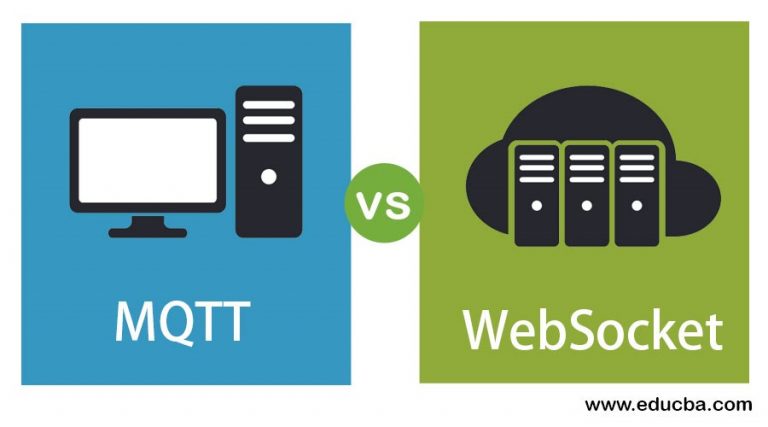
WebSockets pass through most firewalls without any reconfiguration and have an origin-based security model.This, in turn, reduces the size of data payloads. WebSockets generally do not use XMLHttpRequest, and as such, headers are not sent on each server request.Full-duplex asynchronous messaging is supported so that both the client and the server can stream messages to each other independently.WebSockets keeps a unique connection open while eliminating the latency problems that arise with long polling.

WebSockets: pros and cons WebSocket advantages Depending on the server implementation, confirmation of message receipt by one client instance may also cause another client instance to never receive an expected message at all, as the server could mistakenly believe that the client has already received the data it is expecting.For example, if a client has two browser tabs open consuming the same server resource, and the client-side application is persisting data to a local store such as localStorage or IndexedDb, there is no in-built guarantee that duplicate data won’t be written more than once. Reliable message ordering can be an issue with long polling because it is possible for multiple HTTP requests from the same client to be in flight simultaneously.Gateways often have different ideas of how long a typical connection is allowed to stay open, so sometimes close while processing is still underway. Long polling can come with a latency overhead because it requires several hops between servers and devices.Long polling is more resource intensive on the server than a WebSocket connection.In cases where exceptions must be handled though, or where a server can be queried for new data but does not support long polling (let alone other more modern technology standards), basic polling can sometimes still be of limited use, and can be implemented using XMLHttpRequest, or via JSONP through simple HTML script tags.Long polling is implemented on the back of XMLHttpRequest, which is near-universally supported by devices so there’s usually little need to support further fallback layers.READ MORE: Learn how WebSockets work A WebSocket connection is a thin layer built on top of TCP/IP Long polling: pros and cons Long polling advantages It is an as-close-to-raw-as-possible TCP communication layer, although it adds a few abstractions to eliminate certain friction and cater to the fact that the web has additional security considerations that must be taken into account to protect both consumers and service providers. An overview of WebSocketsĪ WebSocket connection is a thin transport layer built on top of a device’s TCP/IP stack. HTTP long polling leaves an HTTP connection open so that the server can continue to deliver response data. To avoid this effort, in long polling, the server elects to hold a client connection open for as long as possible, and delivers a response when new data becomes available or if a timeout threshold is reached. For example, establishing a new connection, parsing the HTTP headers, a query for new data, response generation and delivery, and finally connection closure and clean up.

Long polling takes HTTP request/response polling and makes it more efficient, since repeated requests to a server wastes resources. In this article, we compare WebSockets and long polling. Instead you need a push-based method like WebSockets, long polling, server-sent events (SSE) or HTTP2 push.


The usual AJAX request/response doesn’t keep the connection open for this sort of use case. To build a live experience for users online, your service will need to retrieve information as soon as it’s available.


 0 kommentar(er)
0 kommentar(er)
